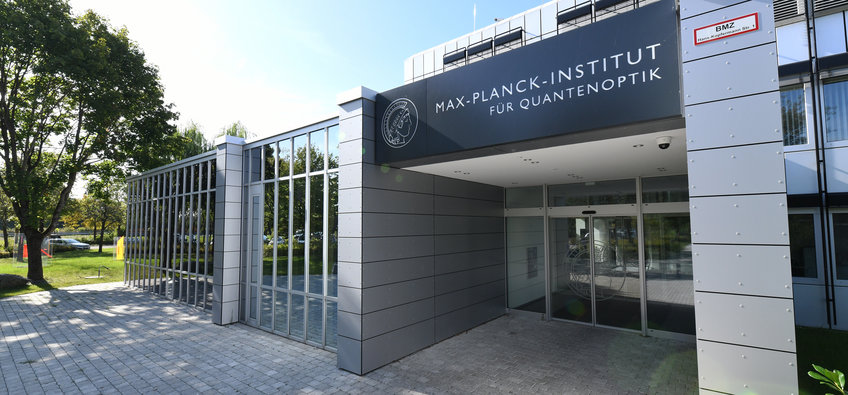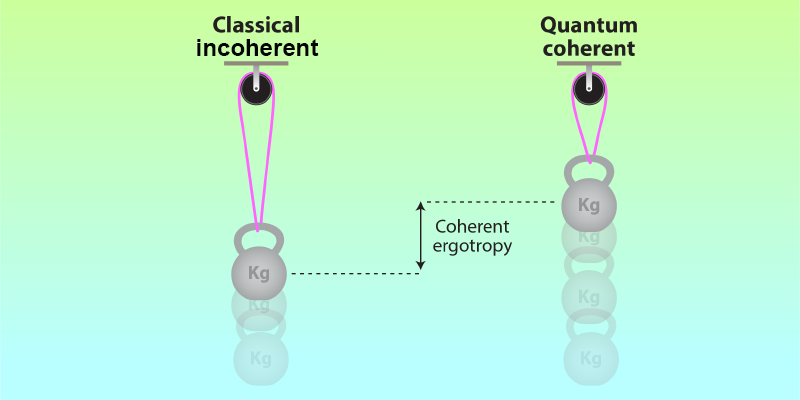Introduction
For centuries, light has been considered one of the fundamental forces of nature, traveling at an astounding speed of approximately 299,792 kilometers per second in a vacuum. Scientists long believed that light could not be stopped or significantly slowed down. However, recent breakthroughs in quantum physics and photonics have led to a groundbreaking discovery—scientists have successfully found a way to freeze light, effectively bringing it to a standstill. This discovery not only challenges our understanding of physics but also opens new doors for quantum computing, optical data storage, and telecommunications. But how did we get here? What does stopping light mean for science and technology? Let’s dive deep into the history, challenges, and recent successes of this extraordinary phenomenon.
The History of Light Manipulation
The concept of manipulating light has fascinated scientists for centuries. Isaac Newton’s particle theory of light and James Clerk Maxwell’s wave theory paved the way for the study of light’s properties. In the early 20th century, Albert Einstein introduced photons—particles of light—through his work on the photoelectric effect. This led to a deeper understanding of how light interacts with matter.
However, the idea of slowing or stopping light remained purely theoretical until the late 20th century. Scientists knew that light could be refracted, bent, or absorbed, but bringing it to a complete halt seemed impossible. This changed when physicists started exploring ways to manipulate the medium through which light travels, ultimately leading to groundbreaking experiments in the 21st century.
Early Attempts to Slow Down Light
The first significant breakthrough in slowing light came in 1999, when physicist Lene Hau and her team at Harvard University successfully reduced the speed of light to 17 meters per second by passing it through an ultra-cold medium of Bose-Einstein Condensate (BEC). BEC is a state of matter formed when atoms are cooled to near absolute zero, causing them to behave as a single quantum entity.
Following Hau’s success, researchers managed to stop light momentarily by trapping it in a cloud of atoms. They used a process known as Electromagnetically Induced Transparency (EIT), which involves manipulating atomic states with laser beams. These early experiments provided the foundation for the recent breakthroughs in fully stopping and freezing light.
Scientists recently took this research a step further by not only stopping light but effectively “freezing” it. In 2024, a team of researchers at the Max Planck Institute and the University of Bonn in Germany successfully halted photons for an extended period using a specially designed crystal cooled to near absolute zero. Their experiment involved manipulating the interaction between photons and the medium they traveled through, allowing them to store the light and release it later.
The key to this achievement lies in the use of quantum coherence and the ability to transfer the information of light into the quantum states of atoms. This approach enables photons to be “frozen” in place for seconds or even minutes before being released without loss of information. This is a major step toward advanced quantum communication systems and memory storage for quantum computers.
The Recent Success: Freezing Light
On March 12, 2025, a team of scientists achieved a groundbreaking feat by successfully stopping light in a solid-state environment. This experiment was led by researchers at the Max Planck Institute of Quantum Optics, who managed to bring light to a halt using a specially designed crystal. The success of this experiment marked a significant step forward in the field of quantum photonics.
The team achieved this by engineering the atomic structure of the crystal and lowering its temperature to an extremely cold state. This created a condition where photons, the particles of light, could be slowed down and completely stopped without losing the information they carry. Impressively, the light remained frozen for over one second, setting a new record.
This achievement has huge implications for future technologies. It could lead to ultra-secure quantum communication, advanced optical memory, and even quantum computers. Stopping light—once a concept only seen in theory—is now a scientific reality pushing the boundaries of what is technologically possible.
How Is It Possible?
The Technology Behind Stopping Light
Stopping light is possible due to advanced quantum optics techniques, particularly Electromagnetically Induced Transparency (EIT) and photon-atom coupling. The primary methods used include:
1. Bose-Einstein Condensates (BECs)
- Atoms are cooled to near absolute zero, causing them to enter a quantum state where they behave as a single entity.
- Light pulses sent into BEC interact with the medium and can be significantly slowed or stopped.

2. Electromagnetically Induced Transparency (EIT)
- A control laser alters the optical properties of a medium, allowing light pulses to be trapped and later released.
- This method is crucial for applications in optical memory and quantum networks.

3. Quantum Coherence and Crystals
- Researchers use specially structured crystals at cryogenic temperatures to trap photons.
- The light is converted into an atomic excitation pattern and stored within the crystal lattice.

By employing these techniques, scientists have achieved not only the slowing of light but also its temporary suspension—essentially freezing it in place.
Challenges and Limitations
While the ability to stop light is a revolutionary discovery, there are still significant challenges to overcome:
- Storage Duration:
Currently, light can only be stopped for a few seconds to minutes. Extending this duration without information loss remains a challenge. - Energy Requirements:
Achieving near absolute zero temperatures and maintaining the conditions required for stopping light demands immense energy and specialized equipment. - Scalability:
Applying this technology to real-world applications, such as data storage or quantum computing, requires further advancements in material science and cooling methods. - Information Loss:
Some methods introduce minor losses in photon coherence, affecting data integrity in potential computing and communication applications.
Despite these challenges, ongoing research continues to push the boundaries of what is possible.
Can We Stop Light Forever?
Can Light Be Deleted?
A natural question that arises from this discovery is whether light can be stopped indefinitely or even permanently deleted. While current experiments allow light to be halted temporarily, stopping it forever is theoretically possible but practically challenging.
However, deleting light entirely contradicts the fundamental laws of physics. Photons, once created, do not simply disappear unless absorbed or converted into another form of energy. Scientists can store and reintroduce light, but erasing it completely would require converting it into a different form of matter or energy—a concept not yet realized in practical applications.
Future Applications of Stopping Light
The ability to stop light has profound implications for various fields of science and technology:
1. Quantum Computing
- Stopped light can be used as quantum memory, enabling faster and more efficient quantum computers.
2. Advanced Telecommunications
- Optical data networks could use stopped light for better signal processing and data storage, reducing latency and improving security.
3. Medical Imaging and Optical Sensors
- Technologies relying on light transmission, such as MRI scans and laser-based diagnostics, could benefit from controlled light manipulation.
4. Space Communication
- Storing and delaying light signals could enhance deep-space communication, improving data transfer over vast distances.
Conclusion
The ability to stop and freeze light represents a remarkable achievement in modern physics, challenging our fundamental understanding of light and its behavior. As research progresses, we may one day harness this discovery to revolutionize technology in ways we have yet to imagine.
Stopping light is not just a fascinating scientific breakthrough—it is a glimpse into the future of human technological evolution.
(Click notification ![]() for more updates)
for more updates)
By: V.Harishram
''Stay true, bring facts to you''




